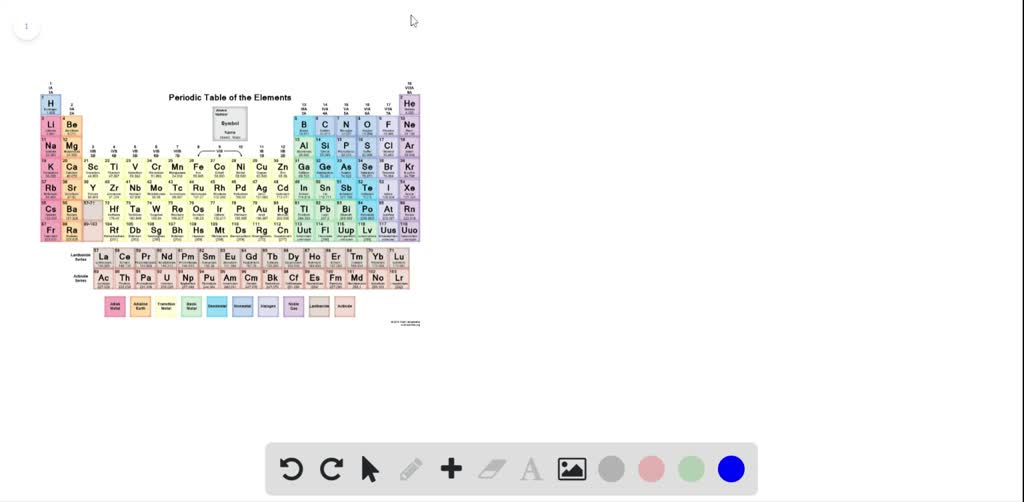

The electrons of an atom are attracted to the protons in an atomic nucleus by the electromagnetic force. If an atom has more or fewer electrons than protons, then it has an overall negative or positive charge, respectively – such atoms are called ions. If the number of protons and electrons are equal, then the atom is electrically neutral. The protons have a positive electric charge, the electrons have a negative electric charge, and the neutrons have no electric charge. More than 99.94% of an atom's mass is in the nucleus. Only the most common variety of hydrogen has no neutrons. The nucleus is made of one or more protons and a number of neutrons.

They are so small that accurately predicting their behavior using classical physics, as if they were tennis balls for example, is not possible due to quantum effects.Įvery atom is composed of a nucleus and one or more electrons bound to the nucleus.

Atoms are extremely small, typically around 100 picometers across. Every solid, liquid, gas, and plasma is composed of neutral or ionized atoms. Smallest recognized division of a chemical elementĮlectrons and a compact nucleus of protons and neutronsĪn atom is the smallest unit of ordinary matter that forms a chemical element. The black bar is one angstrom ( 10 −10 m or 100 pm). The nucleus (upper right) in helium-4 is in reality spherically symmetric and closely resembles the electron cloud, although for more complicated nuclei this is not always the case. An illustration of the helium atom, depicting the nucleus (pink) and the electron cloud distribution (black).


 0 kommentar(er)
0 kommentar(er)
